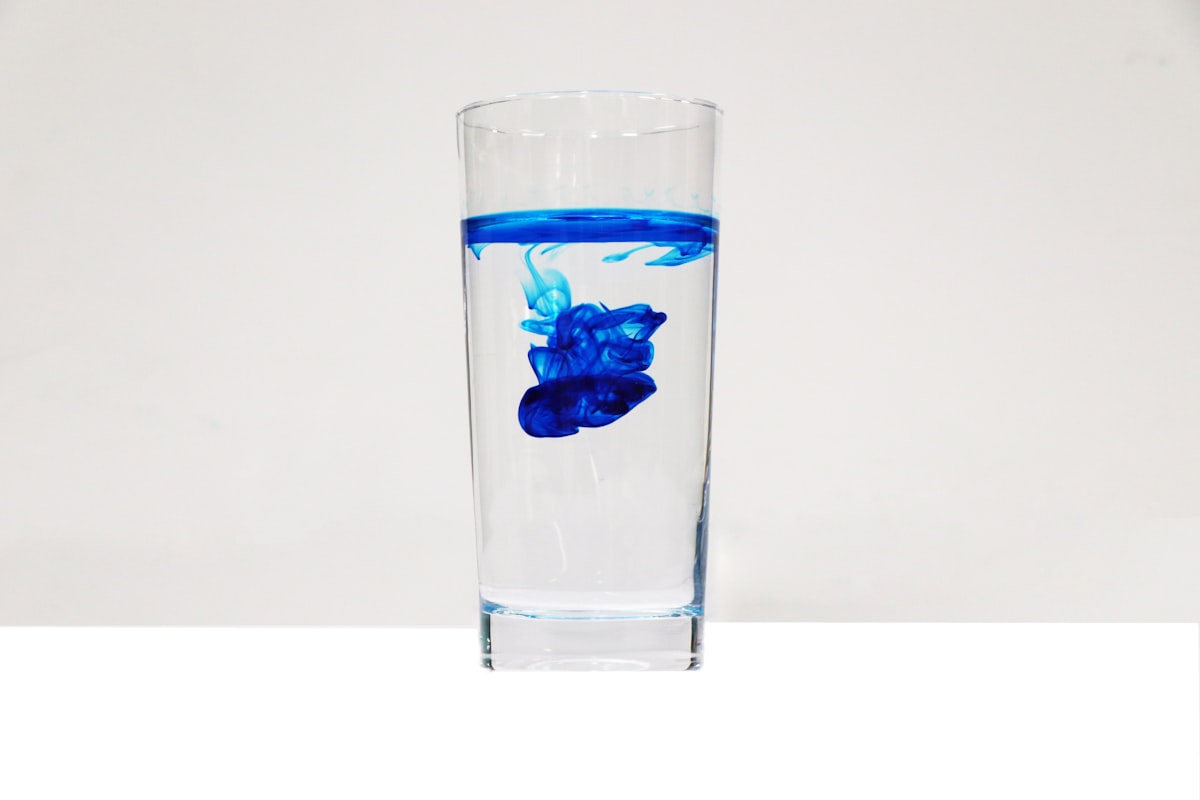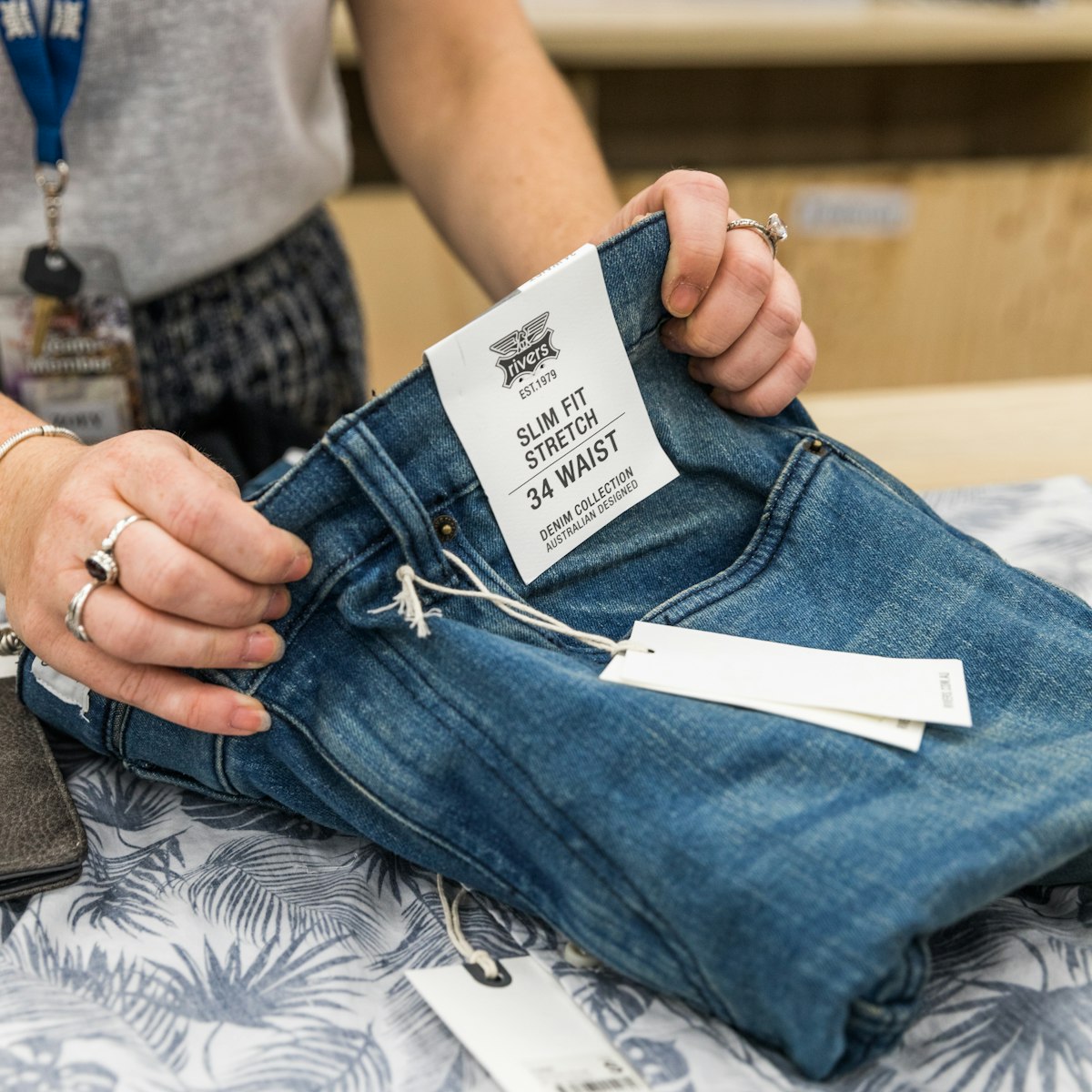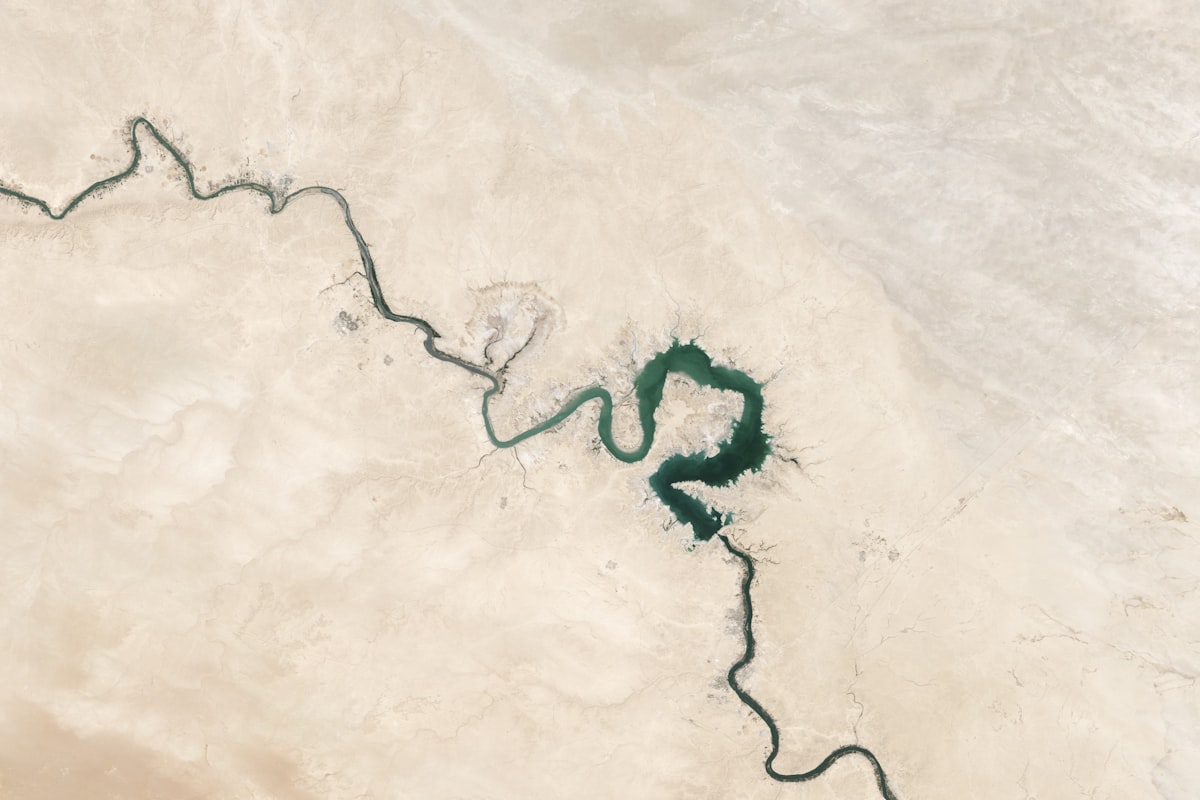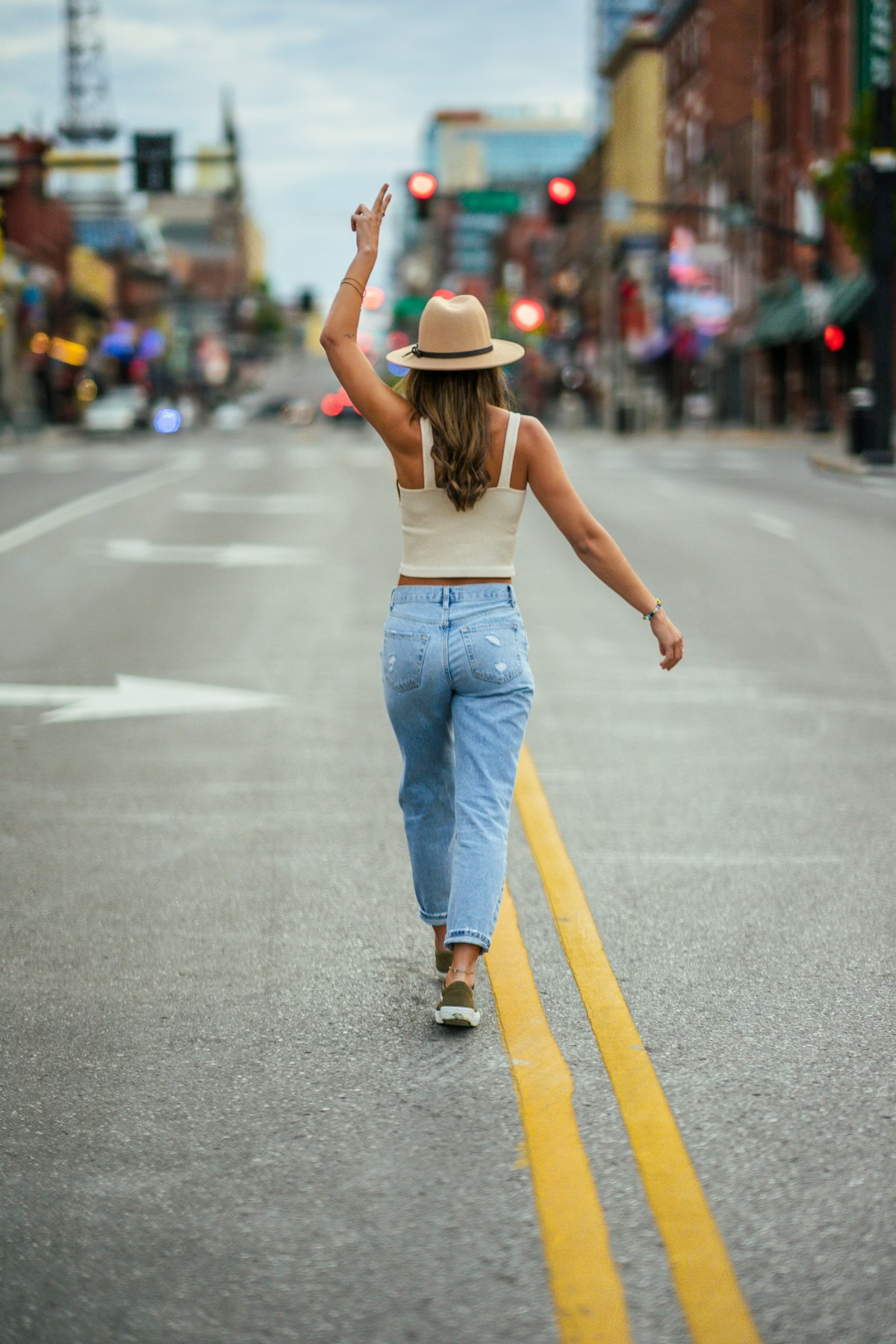It's safe to say that jeans are humanity's best clothing buddy. They are perfect for almost all occasions, lifestyles, budgets, personalities and climates and can last a lifetime if cared for well. Our fascination with these staple, iconic trousers has led me to wonder how they get from plant to wardrobe and whether or not this process is sustainable. Here I outline some insights from the reading I've done about our closet BFFs that will hopefully shed light on the process..
An Outline of the Denim Production Process
Growing and spinning cotton
It starts with growing cotton plants, which themselves need space and a lot of water (approx. 2565 litres of water per pair1, enough drinking water for an individual for a year or two). Often, pesticides and fertilisers are added to help the growing process. Once harvested, the cotton is transported back to factories where the fibres are spun to produce yarn. This process is noisy and releases fibre dust into the air.

Dyeing
After spinning, the yarn is dyed. This is where indigo comes in. When jeans were first created, the indigo used was from the plant, Indigofera tinctoria. However, indigo dye can also be created artifically from petrochemicals, and is cheaper to produce. Hence nowadays, most if not all jeans are dyed using synethetic indigo. Besides the fact that this relies on petrochemicals, the petrochemicals need to be treated chemically with things like caustic soda and formaldehyde before becoming synthetic indigo. Only then can the yarn be dyed, but more chemicals known as mordants, are added to help bind the dye to the yarn. These mordants contain heavy metals and the process is never 100% efficient, with unfixed indigo dye and associated chemicals being washed away as wastewater effluent.

Finishing and sewing
After dyeing, the yarn is weaved into fabric and some finishing 'touches' are added. There seem to be dozens of ways that denim can be finished, including 'sanforization', 'pre-skewing', 'mercerisation' and 'singeing' (basically all things that create that bleached, worn faded or coated look that we so love in brand new jeans)2. These processes can require the addition of more chemicals, and they certainly all require energy. The fabric is then ready for sewing, done by a battery of garment workers, and the jeans are transported all over the world when we can, finally, purchase them.

Environmental Impact and Sustainability
In a nutshell, every stage of the complex pathway from plant to wardrobe requires energy, fossil fuels, water and/or chemicals, and generates waste in the form of air, noise and/or water pollution, and has the potential to harm the health of workers through water- or air-borne pollutants and/or exploitative practises of the industry in general. These issues were starkly represented in the 2016 documentary, Riverblue3 which highlighted the plight of rivers in places like China, India and Bangladesh where the textile industry dominates. Heavy metals and many toxic chemicals from the dyeing and finishing processes are often channelled into rivers without any form of reuse or treatment, damaging the ecosystem and human health. Dyes are ecologically very persistent and resistant to breakdown, and can have lethal carcinogenic, mutagenic, and endocrine disrupting effects on organisms, including humans4. As the wastewater is visibly coloured, this also reduces light penetration preventing aquatic plants from growing.

Clearly, there needs to be better treatment and re-use of wastewater generated from the textile industry. Steps towards sustainability are being made, because let's face it, humans will always wear jeans and now more than ever there is an increasing push towards greening the fashion and textile industry. Some methods include:
* Producing indigo dye from enzymes found in bacteria i.e. 'bioindigo', instead of petrochemicals
* Using alternative discolouration techniques to create different denim finishes, including 'biowashing'
* Treating wastewater using combined physical, biological and electrochemical approaches so that it can be recycled and reused
* Using electrochemical rather than chemical means to reduce insoluble indigo into soluble indigo for dyeing
Conclusion
Jeans are iconic wardrobe staples and even our beloved companions in life. We can and should still keep producing them but using techniques that don't damage rivers, lakes and oceans. We need to remember that only 1% of water on this planet is drinkable freshwater (97% is salty and 2% is bound up in glaciers), and we are letting the textile industry pollute this tiny fraction of previous global water at an unprescendented rate. Rivers are the arteries of the world, we need them to survive. While there is hope in the form of alternative technologies, they are still largely a work in progress and must be adopted by the fashion giants if any measurable impact is to be had.

Personally, this insight has left me with a greater appreciation for every pair of jeans that I own. I appreciate not only how useful jeans are for my everyday life but also appreciate the environmental and human toll that each pair has had. That makes me feel even more accountable and will make me scruitinise and question all my future denim purchases. It reinforces my preference to thrift shop, where I can browse for denim and other clothes of all colours, cuts and finishes without it costing even more than it has already..

